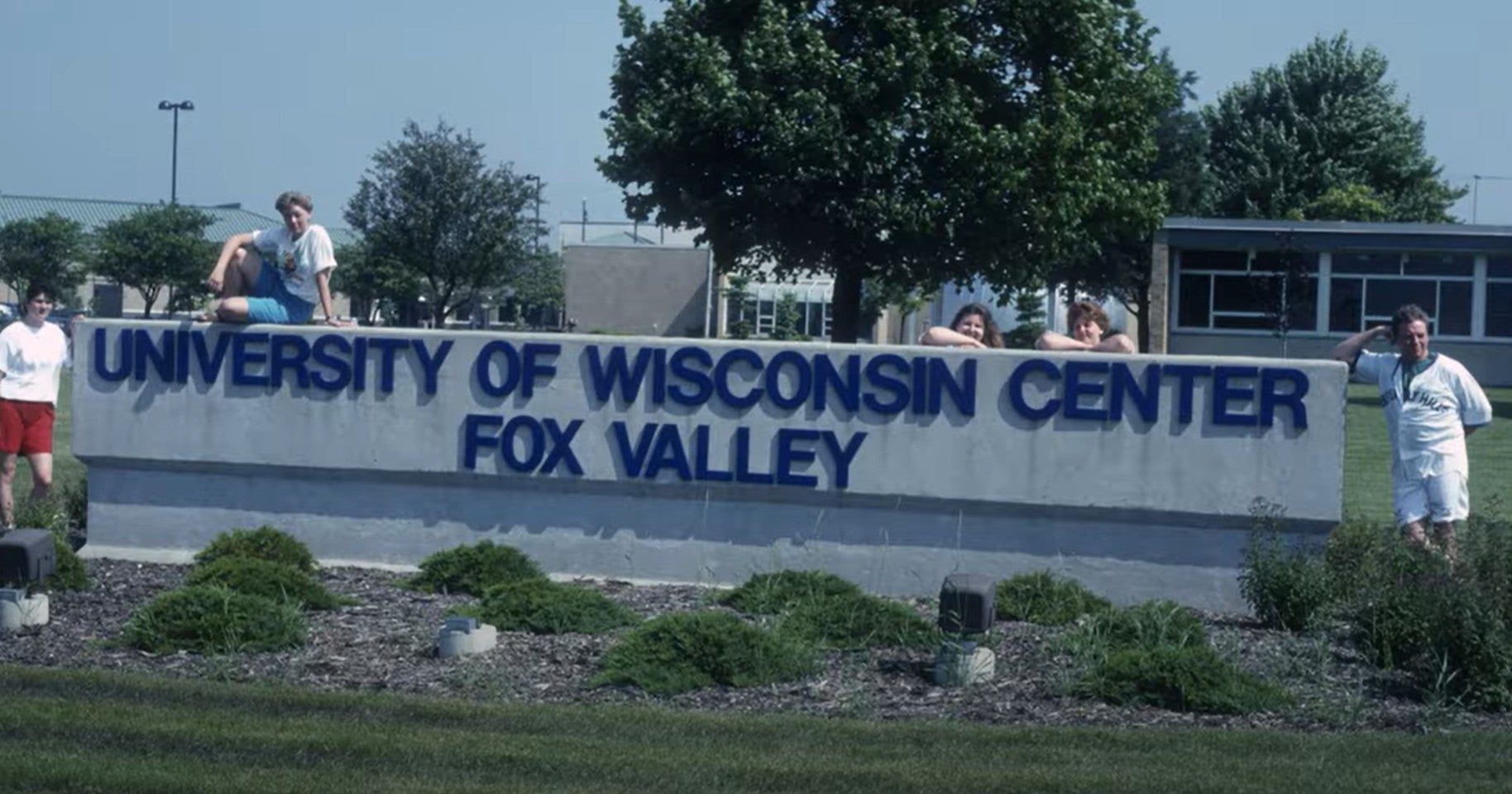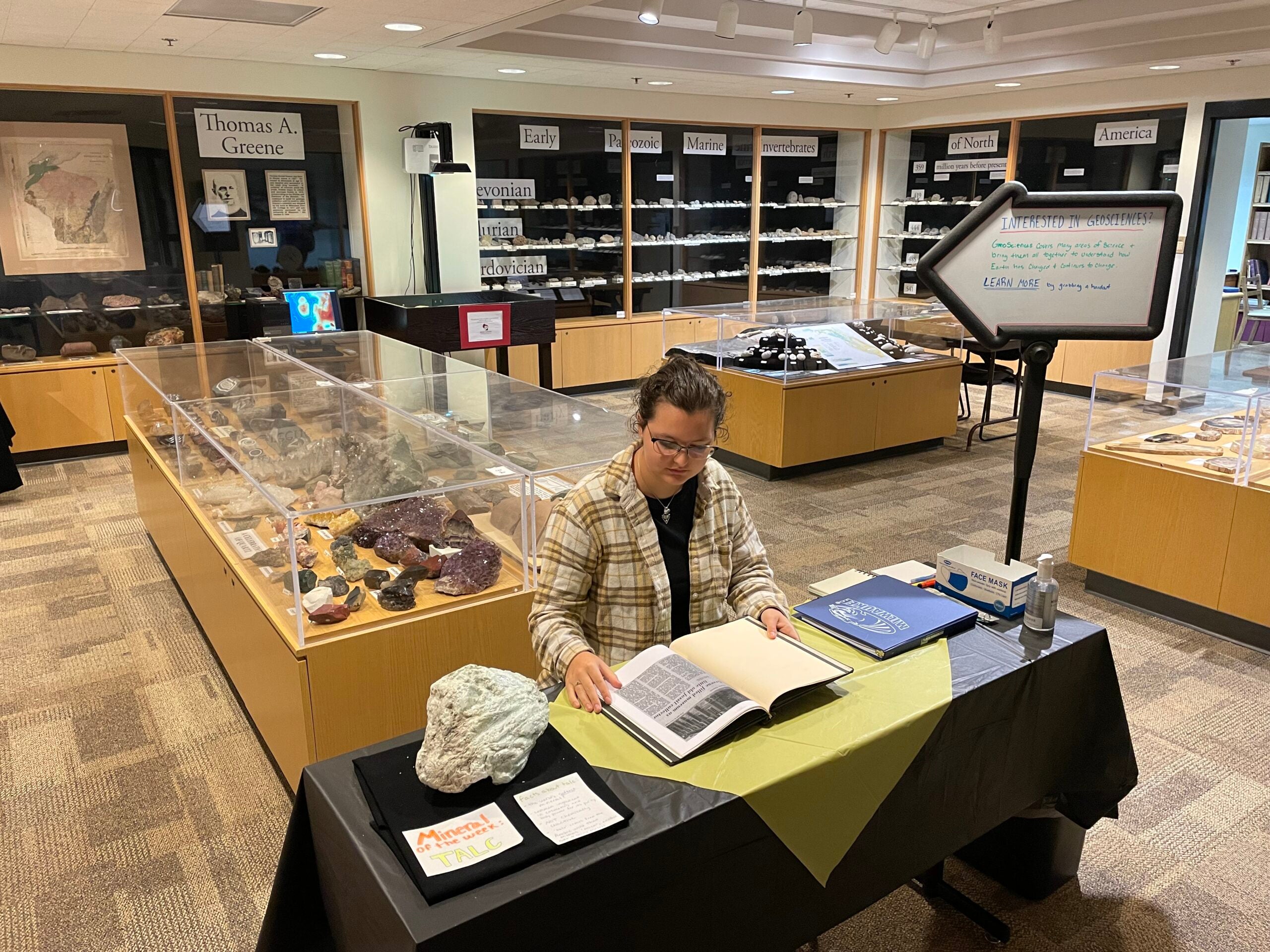The Weis Earth Science Museum in Menasha faces an uncertain future as its original home, the Fox Cities campus of the University of Wisconsin-Oshkosh, is set to close this summer.
The museum is unique in the country for its focus on local geology, including how mining history shaped Wisconsin’s geological landscape. In 2000, shortly before the Weis opened its doors to the public, former Gov. Tommy Thompson declared it the official mineralogical museum of Wisconsin.
“There are so many museums out there that will feature minerals, fossils, maybe some general aspects of geology, but the Weis Museum is the only one that is dedicated to the geology of a single state,” said Beth Johnson, a professor of geology at UW-Oshkosh Fox Cities who regularly partners with the museum on research and educational opportunities for her students.
News with a little more humanity
WPR’s “Wisconsin Today” newsletter keeps you connected to the state you love without feeling overwhelmed. No paywall. No agenda. No corporate filter.
Johnson told WPR’s “Wisconsin Today” that everything is up in the air right now with the campus set to close and no plan for the Weis, which is entirely staffed by university employees who will be losing their jobs in June. (The campus property is co-owned by Winnebago and Outagamie Counties.)
She worries that the collection might be split up or relocated to another museum elsewhere in the state. That would end a nearly 25-year tradition of K-12 schools in the region bringing students to see the Weis collection and visit the Barlow Planetarium next door.
“The Weis Earth Science Museum is so important to the Fox Valley. It is one of those places that almost every school kid goes to for a field trip at some point in their educational career,” Johnson said. “To me, the most important things are to keep the collection together and keep them accessible.”

Creating a geology museum from the ground up
The Weis Museum owes much of its legacy to the late geologist Joanne Kluessendorf, who died in 2018. With the support of fellow geologist Leonard Weis (after whom the museum was named), Kluessendorf developed the museum’s collections, exhibits and educational programming from the ground up.
In 2006, she won a prestigious award from the American Geosciences Institute for her work bringing geosciences to the public through the museum.
Don Mikulic, Kluessendorf’s husband, told “Wisconsin Today” that this award was a really big deal, citing that other recipients have included the BBC for its “Planet Earth” series and Robert Ballard, who led the expedition that located the Titanic wreckage in 1985.
“And then Joanne got that for her development of this museum and its programs,” Mikulic said.

In developing the museum, Kluessendorf kept the educational mission front and center, with programming and exhibits to bring Wisconsin’s geological history into focus for visitors.
“Joanne was totally dedicated to making geology accessible for all and making it follow a logical story,” Johnson said. “If you were to go into the museum today … It starts with the very earliest part of Wisconsin’s geology, and it takes you forward through time so you can see how the rocks have changed, how the fossils have changed.”
“She was committed to helping people see the whole story, rather than, ‘Oh, this is just a pretty rock.’ She wanted you to know everything about that rock: how it formed, where it came from, what it represented, and how we use it in our everyday lives,” Johnson continued.
In addition to her work bringing the museum to life and making it an educational hub of the region, Kluessendorf is remembered among colleagues for her strong support and mentorship of women in the field.
“That was one of her main goals in life, to make sure that anyone who wanted to study geology had the opportunity to study geology,” Johnson said. “She especially wanted to make sure that women received the help and support that they needed.”
Saying goodbye to Fox Cities campus with future of the Weis still unclear
After the Fox Cities campus closes, Johnson will be rerouted to teaching at UW-Oshkosh. She said that while she is grateful to have a job on the other side of all this, leaving behind her rock lab and the Weis Museum is “heartbreaking.”
She believes that the museum closing would represent a major loss for the community.
“There are so few opportunities for students in much of the country, but also in Wisconsin, to have access to a good education in the earth sciences,” Johnson said. “This would be one more barrier against that at a time when we need more people to not only be exposed to this, but embrace it.”
The American Geosciences Institute projects that there will be a shortage of 130,000 geoscientists by the end of the decade. This will have ripple effects on things like understanding climate change, predicting natural disasters and discovering minerals needed for clean energy technology.
For Johnson and others in the profession, that makes it all the more crucial for universities and other institutions like the Weis Museum to invest in recruiting and educating the next generation of geologists.
While the museum’s future remains in flux, there is talk of sending parts of the collection to the History Museum at the Castle in downtown Appleton — a move that Mikulic, a retired paleontologist and the volunteer curator at the Weis, strongly disagrees with.
“I’ve worked with museums all my life. It’s a ridiculous idea to give a history museum [the collection of] a science museum, or geology museum in particular, and think that they’re going to be able to do anything with it,” he said. “This will destroy one of the last vestiges of [Kluessendorf’s] career, and the public will lose all of the museum’s award-winning educational benefits.”

To Johnson, who has taught at multiple two-year campuses in the Midwest, it was a “blessing” to work with such a wealth of resources at the Fox Cities campus, including having her own lab that was “bursting at the seams with rocks, minerals and fossils,” and the Weis museum just across the way.
“You just don’t get those things on most two-year college campuses. I always knew that what I had was special and I did my best to be a good steward of it,” she said.
For now, the Weis Earth Science Museum is still open to the public at its current location, Wednesdays through Saturdays from noon to 4:30 p.m.





